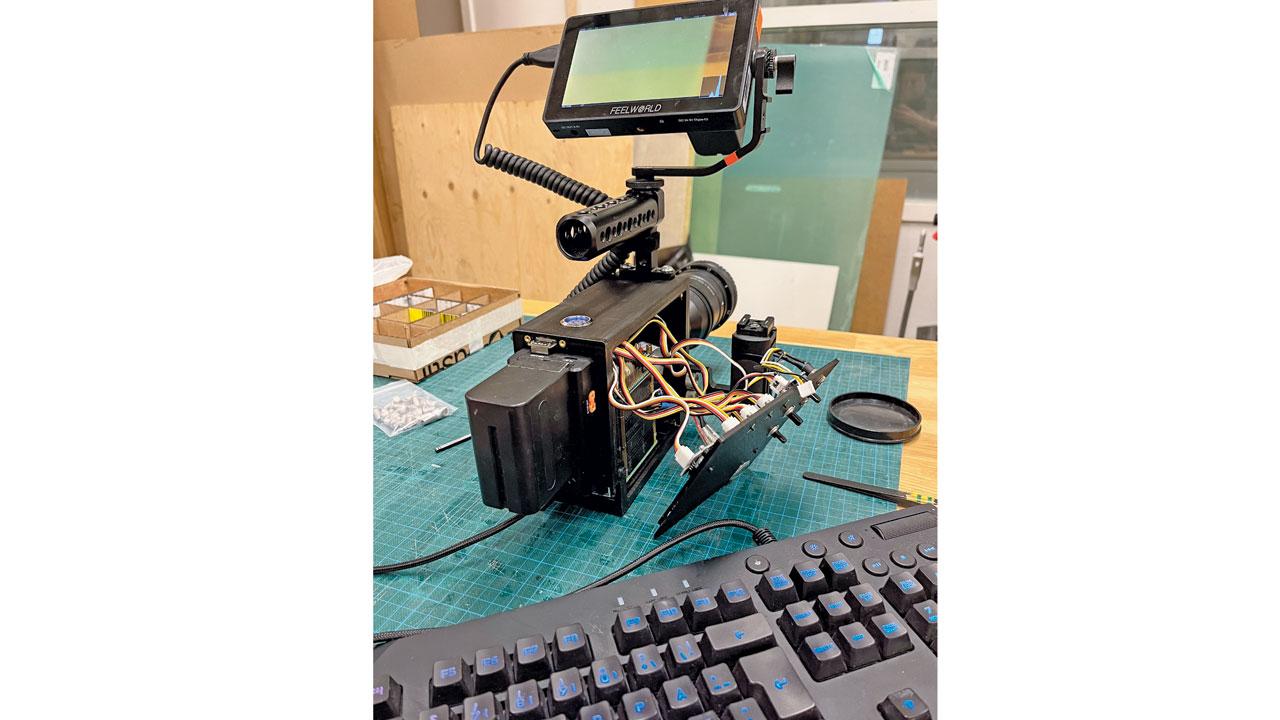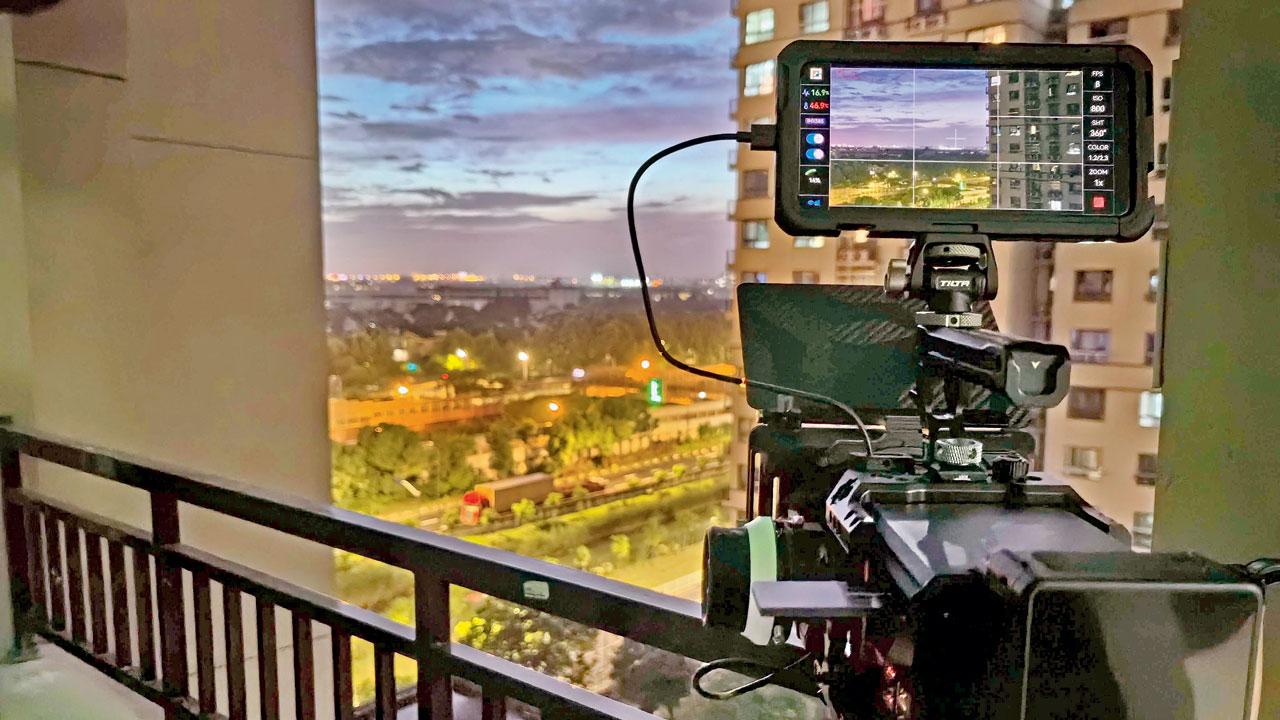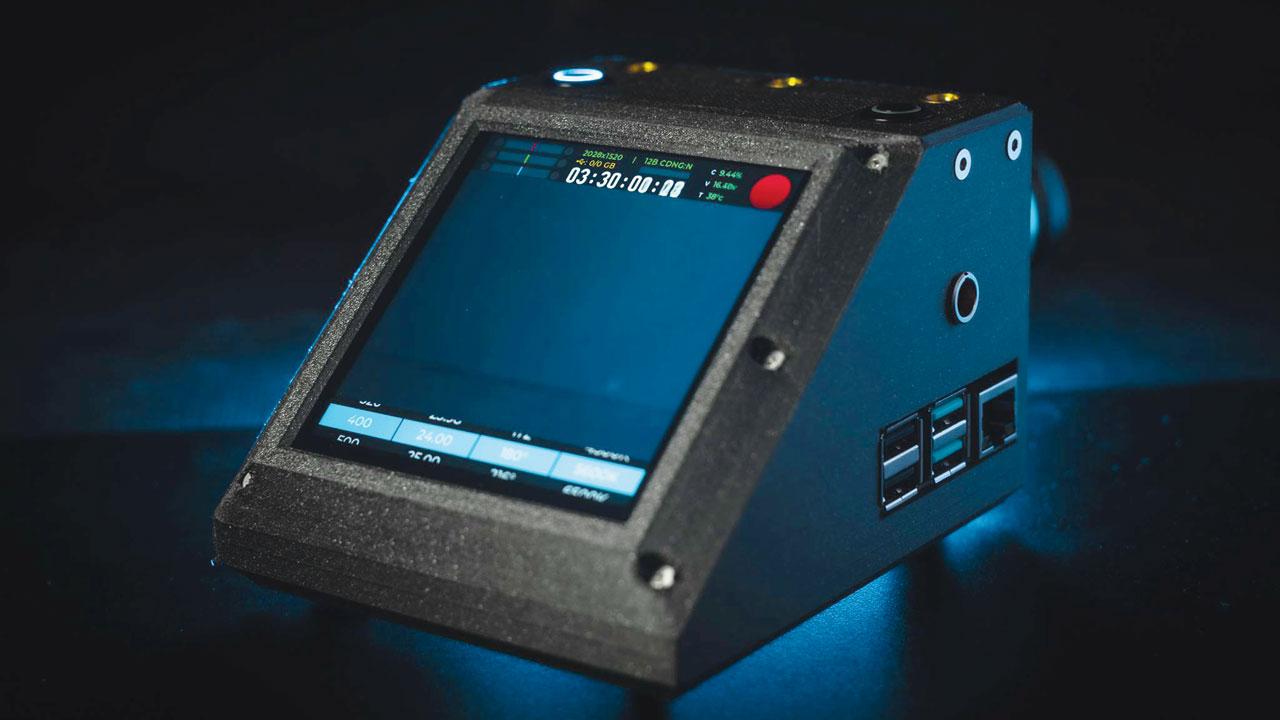Move over big studios, it’s time for movie-making technology to no longer remain an exclusive club

Representation Pic
Raspberry Pi’s might be the secret sauce in an open-source cinema camera revolution. Cinema-grade cameras can be prohibitively expensive for many budding filmmakers out there. Sure you can use your phone to make any movie you desire but the end result very rarely captures the glory of a camera with real lenses. However, there is a quiet revolution happening in the Cinema camera space that is looking to oust the massive amounts of proprietary hardware and software out of the filmmaking.
ADVERTISEMENT

A movie still using the Raspberry Bi technology that is able to play up colours just like a high-def studio camera
These cameras use open-source software, off-the-shelf parts, 3D-printed housing and Raspberry Pi to build scrappy camera rigs that bring the magic of cinema to filmmakers who are just starting out. Like drone making, this is not a cheap hobby. However, they are still more affordable than the comparative cinema cameras which will cost at least ten times the cost of these beauties. There are two projects to talk of here the CinePi and the CineFox, the latter being a derivative based on CinePi.
CineFox
CineFox is based on the CinePi and uses components designed on the cinepi-sdk platform. The project aims to speed up the creation of DIY movie cameras with minimal hardware requirements. Users primarily use their mobile phones for operation, eliminating the need for monitors.

The application supports the Raspberry Pi 5 and offers features like adjusting ISO, FPS, shutter speed, white balance, and zoom directly from a phone. It also allows starting/stopping recording, viewing CPU and sensor details, and managing files from the mobile interface. CineFox also leverages the StarlightEye, an open-source IMX585 camera board, which enhances the camera’s capabilities with superior image quality and low-light performance.
CinePi
CinePi is one of the most notable projects aiming to democratise access to high-quality filmmaking tools. By utilising the Raspberry Pi 4, the CinePi combines affordability with impressive functionality, making it a standout in the DIY filmmaking community. The core components of CinePi include the Raspberry Pi and the Sony IMX 477 8mm sensor. For a display, the project uses a four-inch 700x700 pixel touchscreen that facilitates real-time monitoring and adjustments.
If the touchscreen is not your thing you can also have a go at creating the CineMate, a companion piece to the CinePi camera that adds physical buttons and knobs using the GPIO on the Raspberry Pi. The scripts used for CineMate also offer a simple GUI on HDMI displays, support for rotary encoders and potentiometers, and system buttons for safe shutdown and SSD unmounting. These features make CinePi not only powerful but also user-friendly and adaptable to various shooting scenarios.

The CinePi is powered by a high-capacity internal battery, ensuring extended usage, while a cooling fan prevents overheating during long shooting sessions. One of the significant advantages of the DIY camera is its 3D-printed body, which allows for extensive customisation. You can also make your custom case made out of Lego bricks or cardboard to save a few rupees. The customisation also allows filmmakers to tailor their rigs to specific needs, whether it’s for a particular filming environment or to accommodate unique accessories and lenses.
The CinePi’s ability to record 4K video at 12-bit RAW is a game-changer for a DIY camera, However, most people who have built this camera don’t recommend it. This high bit-depth retains significant colour information, ensuring superior image quality that can rival much more expensive professional cameras. This capability is particularly beneficial in post-production, where the detailed colour data allows for more nuanced colour grading and correction. Additionally, the camera supports external SSD recording via USB 3.0, which is crucial for handling the large file sizes associated with high-resolution video. This feature ensures that filmmakers do not encounter storage limitations during their shoots, providing a seamless recording experience.
Challenges
While these projects along with being affordable offer many advantages, it also presents some challenges. Since the camera is DIY it requires a certain level of expertise to effectively build and operate. The image quality is also not a match with what the industry has to offer right now, though for a budding filmmaker this maybe a good stepping stone before moving on to a professional rig. However, things could improve as newer hardware is introduced and support around these communities get more committed towards building a great camera. If you want to participate or just build your own DIY camera follow the links in the box.
Important links
CinePi: cinepi.io
CinePi Discord: discord.gg
CinePi YouTube: Youtube.com/@cinepicamera
Cine Mate: github.com
Cine Fox: cine-fox.github.io
 Subscribe today by clicking the link and stay updated with the latest news!" Click here!
Subscribe today by clicking the link and stay updated with the latest news!" Click here!







